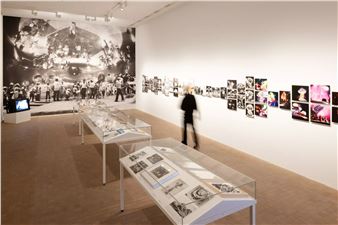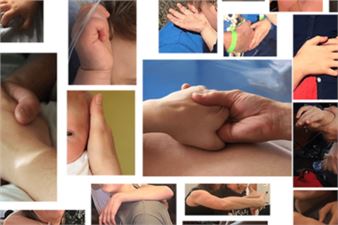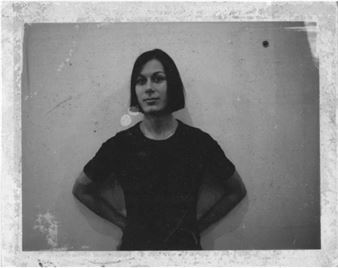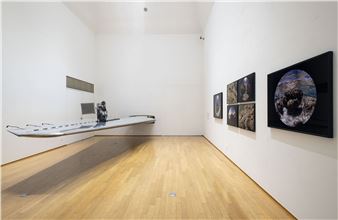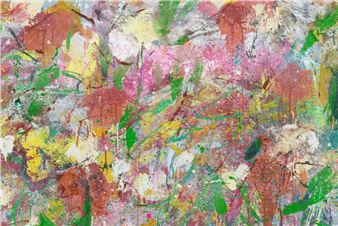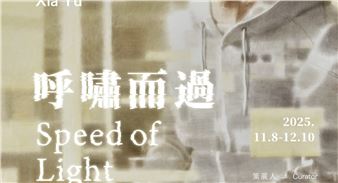One Breath: Infinite Vision
Korean ink art is notable for a poignancy of expression that derives as much from its portrayal of the physical world as it does from an inner space – a quantity that is both abstract and spiritual. While some of the works in this exhibition reflect the classical rendering of calligraphic and landscape painting, others translate these traditions through a contemporary vision that includes painting, sculpture, video, installation, performance and other media.
The artists included in this exhibition are shaped by a society that has undergone great upheavals, both politically and socially – one that has also seen great technological advancements. Nevertheless, their vision – while reflecting contemporary concerns and the diaspora experience – as with their forebears, presents the physical world only as an indicator of a greater space. In Korean ink art, the use of line, perspective and minimalist gesture is highly significant: it embodies the Seon Buddhist concept of “full emptiness” in which an unfinished/finished white space is left to convey a sense of a vastness existing beyond the perceived physical plane.

Recommended for you
Korean ink art is notable for a poignancy of expression that derives as much from its portrayal of the physical world as it does from an inner space – a quantity that is both abstract and spiritual. While some of the works in this exhibition reflect the classical rendering of calligraphic and landscape painting, others translate these traditions through a contemporary vision that includes painting, sculpture, video, installation, performance and other media.
The artists included in this exhibition are shaped by a society that has undergone great upheavals, both politically and socially – one that has also seen great technological advancements. Nevertheless, their vision – while reflecting contemporary concerns and the diaspora experience – as with their forebears, presents the physical world only as an indicator of a greater space. In Korean ink art, the use of line, perspective and minimalist gesture is highly significant: it embodies the Seon Buddhist concept of “full emptiness” in which an unfinished/finished white space is left to convey a sense of a vastness existing beyond the perceived physical plane.
Contact details


 ARTISTS
ARTISTS







